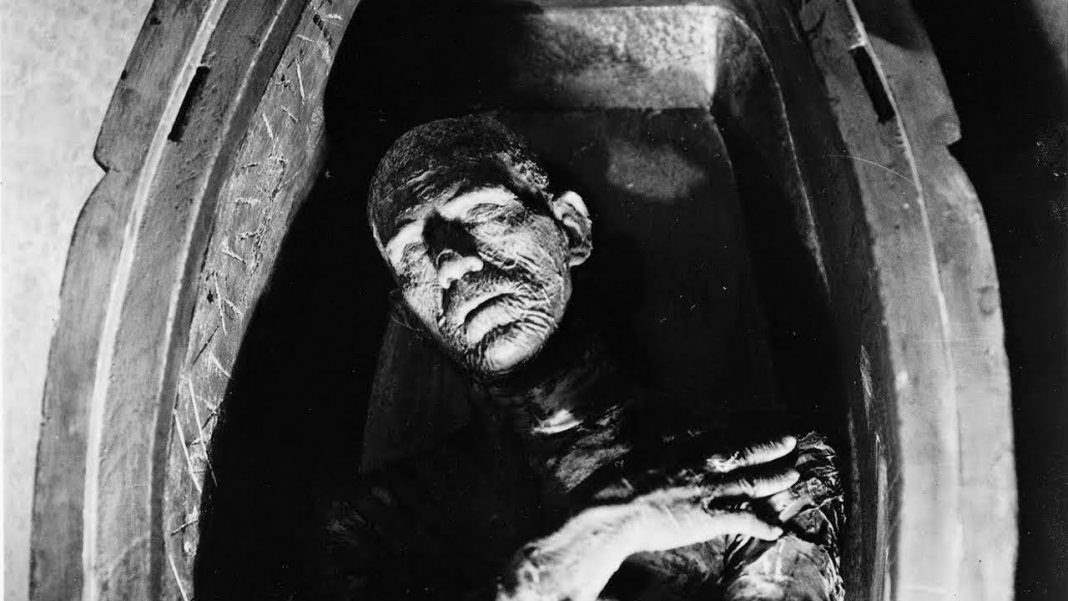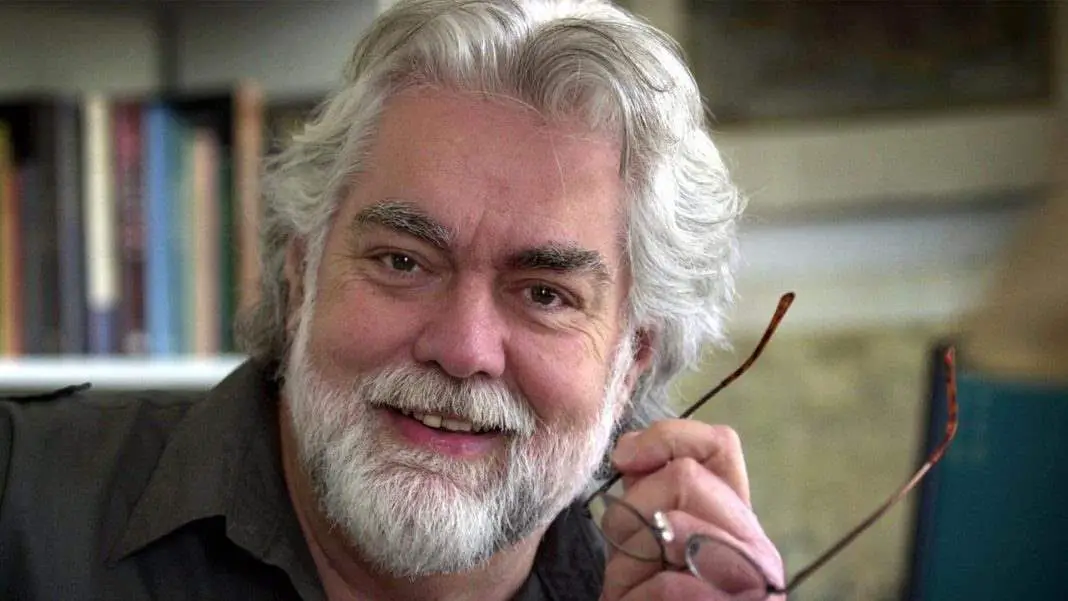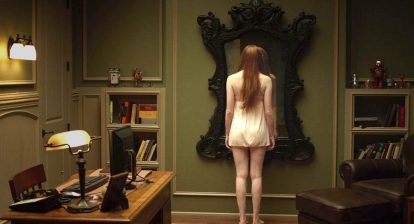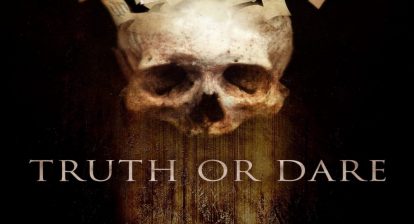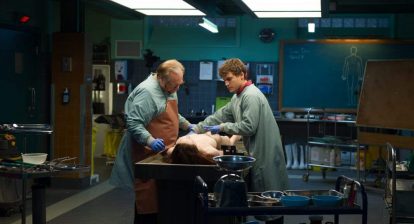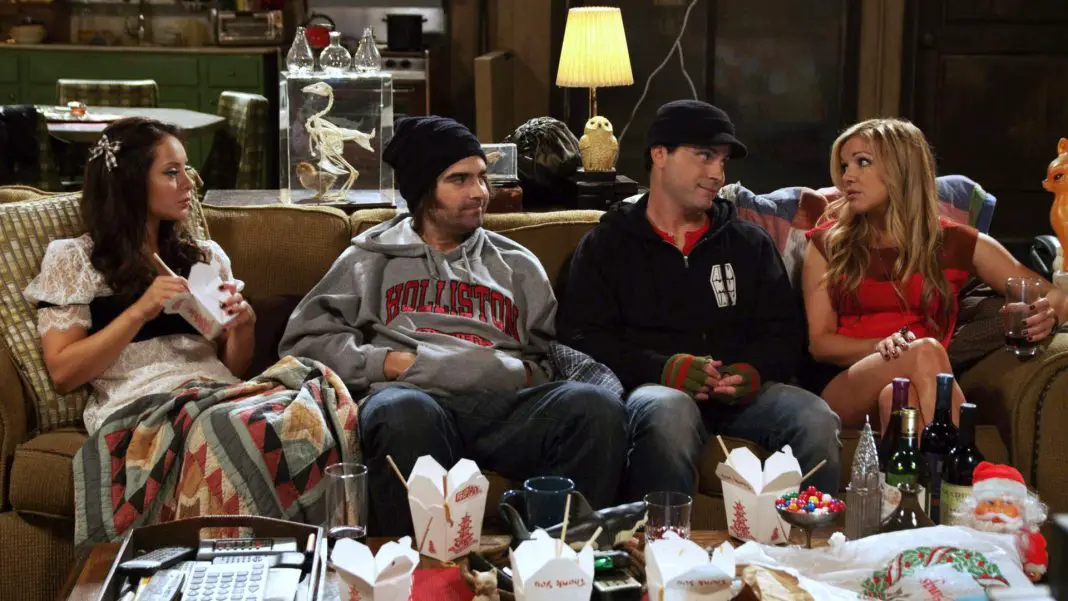Tod Browning’s Dracula certainly had an impact on the vampire genre. Over seventy years later, Bela Lugosi as the Count is still the most recognizable on-screen vampire. And while it has always been influential in terms of visuals and tone, it had a very different approach to not only the tome on which it is based, but it was also very different from most of the films that followed it.
This has always sparked some confusion, with people believing that the Dracula movies following the original Universal film were closer to the novel in terms of adaptation, but this is not necessarily true. By and large they all stray equally far in different directions.
Yet from Dan Curtis’ Dracula onward, there is a repeated plot-line that reveals Mina (or, in some cases, Lucy) as the reincarnated form of the Count’s long-lost wife. It pops up so many times that one would automatically assume it was an important aspect of the text, especially after being featured as the major plot-line in the erroneously titled Bram Stoker’s Dracula. But it’s not.

But the romantic sub-plot was not something Universal’s films and Dracula in particular were particularly known for, even in The Bride of Frankenstein. In the tome, and in the first feature adaptation, Nosferatu, the vampire was very much a monstrous creature. The romantic plotline first appeared in a different Universal picture, just a year after Dracula was released and it wasn’t a vampire production at all. It was The Mummy that the now familiar incarnation of a romanticized monster first appeared in.
These days, The Mummy is not known as an overly sexual movie monster. He’s transitioned from supernatural horror, to a lumbering creature, to the occasional versus and found footage movie, to big-budget action vehicles. A very different journey from the deeply romantic Universal original.
In the original Mummy, the resurrected Imhotep takes note of a young woman who he believes to be the reincarnation of his long-lost lover, the princess Ank-es-en-amon. Imhotep creates a new identity for himself in the modern era, living under the name Ardeth Bey. Much like his acting in Frankenstein, Karloff’s performance can go from genuinely sympathetic to absolutely monstrous at the drop of a hat. Yet at the same time, there’s always an element of understanding for the monster, at the very least.
These threads have become essential to Dracula films, while they have disappeared from mummy movies almost entirely. There is always an element of understanding for the Count. Mina is almost always the reincarnation of his long-lost bride. Even the NBC series took this route.
 Just going by the Universal feature on its own, Dracula is not sympathetic. Even if he’s charming, we get no backstory and nothing from the Count’s indication to suggest he’s a nice guy under all that anger. It gives us the great line “to die, to be truly dead, that must be glorious” but that’s all the insight into the vampire’s mind that we ever really get.
Just going by the Universal feature on its own, Dracula is not sympathetic. Even if he’s charming, we get no backstory and nothing from the Count’s indication to suggest he’s a nice guy under all that anger. It gives us the great line “to die, to be truly dead, that must be glorious” but that’s all the insight into the vampire’s mind that we ever really get.
Future adaptations of Dracula latched onto these qualities of The Mummy and it snowballed. Exact plotlines lifted from that film have lasted decades now and don’t appear to be disappearing anytime soon. The Mummy is not even the most remembered of the Universal classic monsters, but in some ways it might have had the largest influence.
To make a Mummy film this intricate and romantic now seems almost ridiculous, but it clearly worked.
